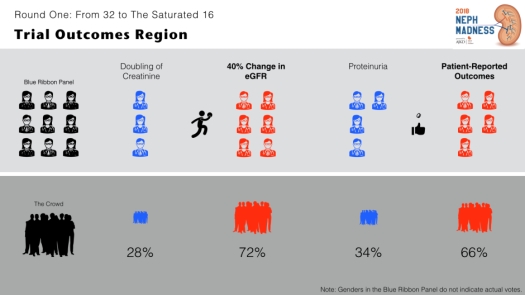All of you #NephMadness players crying into your coffee about Proteinuria getting beat out by Patient Reported Outcomes need to understand that proteinuria isn’t always bad*.
*I am being sarcastic here, proteinuria is always bad, and the only reason I am writing this post is because of this interesting quirk where it appears to be protective.

Proteinuria protects against amphotericin b induced hypokalemia. In patients on amphotericin, heavy proteinuria, a protein concentration of 3 g/L (3+ on dipstick), is protective against amphotericin b induced hypokalemia.
The study was done on normal formulations (as opposed to liposomal preparations) of amphotericin B.


Amphotericin B is highly protein bound. With standard doses, the normal amphotericin concentration in the urine will be 1-2 micromol/L. With 3+ urine protein, the albuminuria concentration is over 40 micromol/L, and this is apparently enough to bind and neutralize amphotericin’s collecting duct toxicity. Amphotericin’s anti-fungal property comes from its ability to tear open fungi cell membranes. Unfortunately it does a doozy on the membranes of the collecting tubules as well, allowing potassium to flow down its contraction gradient from the cells to the tubular fluid (and out in the urine). Similarly hydrogen flow from the tubular fluid back into the cells causing metabolic acidosis. It is an unusual cause of renal potassium loss without increased aldosterone levels.
For you #NephMadness geeks, toad bladder was instrumental to working out the mechanism for amphotericin induced hypokalemia.

